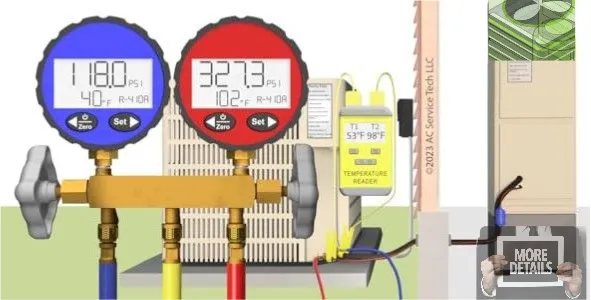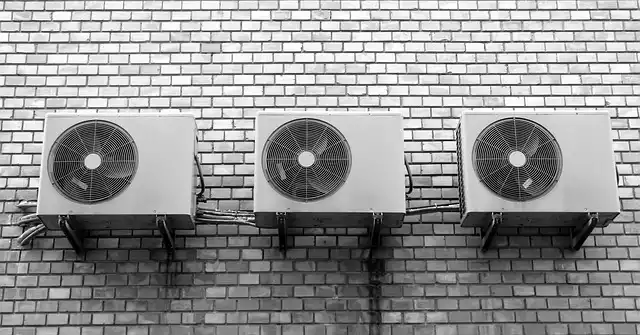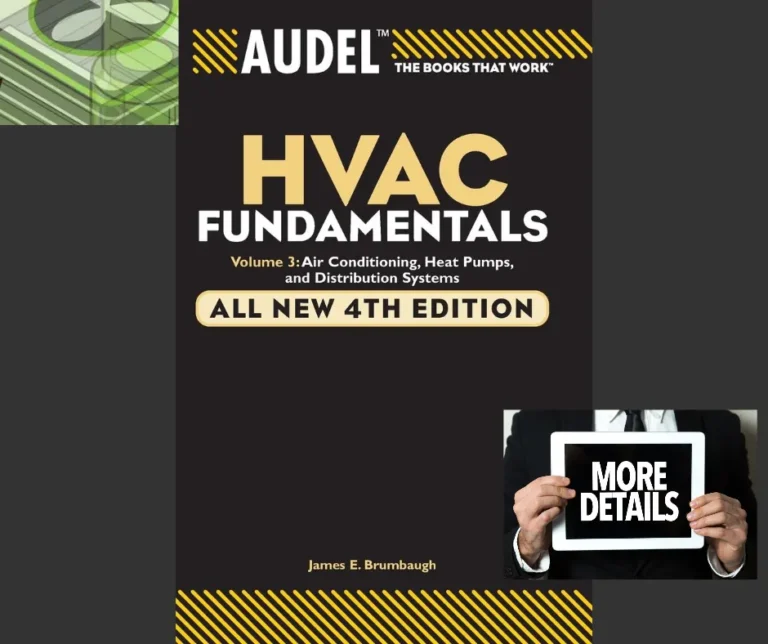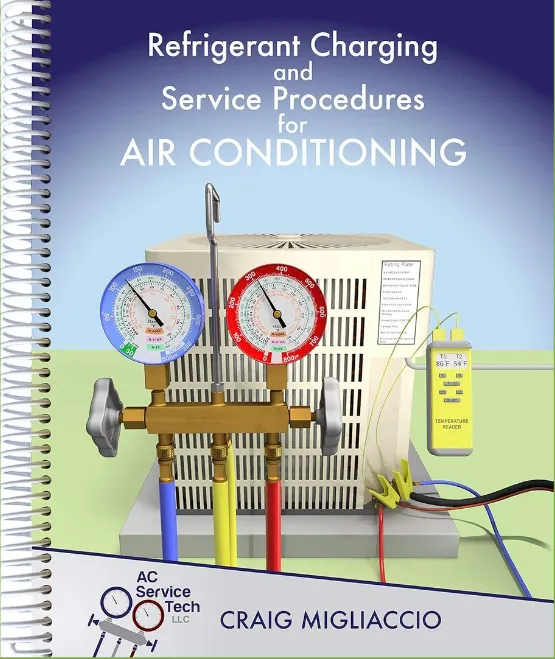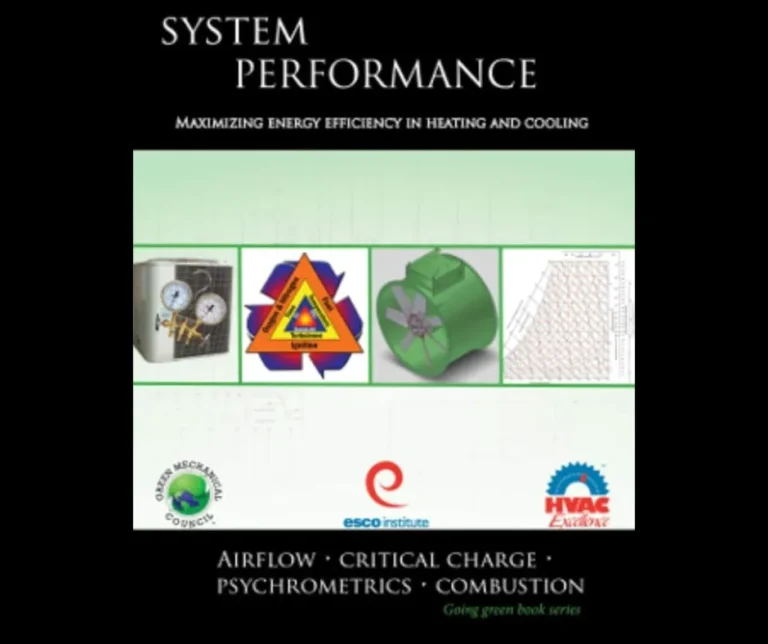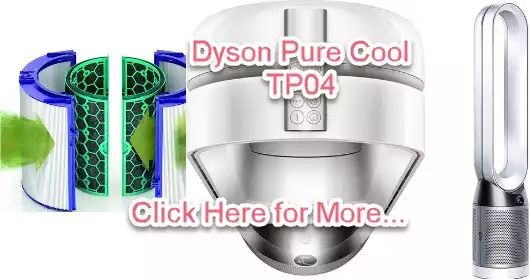Basic HVAC Knowledge
Imagine walking into your home on a scorching summer day, only to be greeted by a wave of cool, refreshing air.
Or picture yourself cozying up in the dead of winter with warmth enveloping every corner of your living space.
These little luxuries are often taken for granted, but they hinge on one crucial system: HVAC (Heating, Ventilation, and Air Conditioning).
Whether you’re an aspiring technician or a curious homeowner eager to understand Basic HVAC Knowledge and the intricacies behind that perfect indoor climate, mastering basic HVAC knowledge is indispensable.
From refrigerant charging to troubleshooting practices and deciphering the manifold gauge set readings, understanding these core components can save you both time and money while ensuring optimal performance of your heat pump system.
You’ll not only become adept at maintaining comfort within your own four walls but also gain valuable skills that could make you the go-to expert in your community.
Dive into this comprehensive guide and transform how you interact with one of the most vital systems in modern living.
Understanding the fundamentals of HVAC (Heating, Ventilation, and Air Conditioning) systems is essential for both homeowners and professionals in the building industry.
Whether you’re looking to maintain a comfortable living environment, improve energy efficiency, or troubleshoot common issues, having a grasp of basic HVAC concepts can significantly enhance your decision-making and overall satisfaction with your heating and cooling systems.
In this article, we will explore key components such as furnaces, air conditioners, ductwork, and thermostats, providing you with insights into how these systems operate and interact.
You will gain a clearer understanding of the various types of HVAC systems available, their efficiency ratings, and the importance of regular maintenance to extend their lifespan.
Additionally, you will learn about common problems that can arise and the basic troubleshooting techniques you can employ to address them.
By the end of this article, you will be better equipped to make informed choices regarding your HVAC needs, whether you are considering a new installation or simply seeking to optimize your current system.
Embrace this opportunity to enhance your knowledge and confidence in managing one of the most vital aspects of your indoor environment.
Table of Contents Basic HVAC Knowledge
Understand refrigerant charging procedures clearly
When approaching refrigerant charging procedures, it is essential to familiarize yourself with the specific requirements of the heat pump system you are working on.
Start by thoroughly reading the manufacturer’s specifications to determine the correct type and amount of refrigerant to be used.
Utilize your manifold gauge set to accurately monitor the pressure levels within the system.
This step not only ensures optimal performance but also helps in diagnosing any potential issues that may arise during the charging process.
Effective troubleshooting practices should be an integral part of your charging procedure.
As you connect the manifold gauges, observe the readings closely and compare them against the expected values for both the high and low sides of the system.
If discrepancies occur, it may indicate a refrigerant leak or a malfunction in other components.
By understanding these vital aspects, you will enhance your ability to perform refrigerant charging with precision, ultimately contributing to the efficiency and longevity of the HVAC system.
Familiarize yourself with troubleshooting practices
a focus on accuracy and safety.
Take time to develop a systematic approach to diagnosing issues, as this will allow for quicker identification of problems.
Familiarize yourself with common symptoms associated with refrigerant-related failures, such as fluctuating pressures or inconsistent temperature output.
When these symptoms surface, a thorough examination of the system components is necessary to pinpoint the underlying cause.
Additionally, becoming adept at utilizing diagnostic tools and techniques can greatly improve your troubleshooting efficiency.
Regularly practice reading the manifold gauge set in various scenarios so that you can quickly interpret the data in real-time.
Engage in ongoing education and hands-on experience to keep your skills sharp and remain updated on industry best practices.
This proactive approach not only bolsters your troubleshooting capabilities but also contributes to the longevity and reliability of the heat pump systems you service.
Learn components of a heat pump system
Understanding the components of a heat pump system is essential for effective maintenance and repair.
Each part plays a crucial role in the overall functionality, from the evaporator and condenser to the compressor and expansion valve.
Familiarizing yourself with these elements enables you to diagnose issues more effectively and ensures accurate refrigerant charging, which is vital for optimal performance.
Recognizing how each component interacts within the system will enhance your ability to troubleshoot efficiently and resolve any operational inconsistencies.
In addition, developing a strong grasp of how to read the manifold gauge set will empower you to assess system pressures and temperatures accurately.
This skill is crucial when diagnosing problems, particularly those related to refrigerant levels.
By continuously practicing and refining your abilities in this area, you can boost both your confidence and competence.
Understanding component functions and mastering gauge readings not only streamlines your troubleshooting practices but also enhances the overall reliability and performance of the heat pump systems you work with.
Read the manifold gauge set accurately
Accurate interpretation of the manifold gauge set is essential for effective troubleshooting practices within a heat pump system.
When you familiarize yourself with the high and low-pressure readings, you can make informed decisions about refrigerant charging and identify potential issues such as leaks or blockages.
A well-read gauge set can indicate whether the system is operating within the optimal pressure range, which directly impacts efficiency and performance.
By consistently monitoring these gauges, you can detect fluctuations that may signal underlying problems, allowing for timely interventions and repairs.
Furthermore, the ability to read the manifold gauge set accurately allows you to determine the correct amount of refrigerant needed for charging the system.
Too little refrigerant can lead to inadequate cooling or heating, while too much can cause excessive pressure and potential damage.
By understanding the correlation between pressure readings and refrigerant levels, you can enhance the reliability of your heat pump system, ensuring it operates smoothly and efficiently.
Developing this skill is not only crucial for immediate troubleshooting but also contributes to the long-term sustainability of the HVAC system.
Monitor system pressure during operation
During operation, maintaining an optimal system pressure is crucial for ensuring that the heat pump functions efficiently and reliably.
Regularly checking the pressure readings while the unit is running allows you to confirm that the system is performing within its designed parameters.
If you observe any irregularities, such as sudden drops or spikes in pressure, it may indicate an issue that needs immediate attention, such as a refrigerant leak or a malfunctioning component.
By addressing these anomalies promptly, you can prevent further damage and costly repairs.
In conjunction with proper refrigerant charging practices, consistently monitoring system pressure can enhance the overall reliability of the heat pump.
Keeping an eye on the manifold gauge set during operation not only helps to maintain the efficiency of the system but also aids in the identification of potential problems before they escalate.
A well-maintained heat pump will operate more effectively, providing optimal comfort while minimizing energy consumption, thus contributing to a more sustainable operation over time.
Identify common HVAC system issues
When you encounter issues within an HVAC system, effective troubleshooting practices are essential for a timely resolution.
Common problems often include insufficient heating or cooling, which may stem from a variety of causes such as improper refrigerant levels, blocked airflow, or faulty components.
Always start by checking the refrigerant charging, as an inadequate supply can lead to diminished performance and increased energy consumption.
If the refrigerant is low, you may need to inspect for leaks or obstructions that could be impeding the system’s efficiency.
In addition to refrigerant-related issues, monitoring the readings on the manifold gauge set is critical during the troubleshooting process.
This tool provides valuable insights into the system’s pressures and can help you diagnose whether the heat pump is functioning within the designated operational parameters.
For instance, if the suction pressure is too low or the discharge pressure is excessively high, it may indicate that the system requires further investigation, such as cleaning filters or inspecting the compressor.
By systematically addressing these common issues, you can ensure the longevity and reliability of your HVAC system.
Use proper safety gear consistently
Consistently utilizing appropriate safety gear is paramount in ensuring a secure working environment while performing HVAC tasks.
When handling refrigerants, protective gloves and goggles are essential to safeguard against chemical exposure, which can lead to serious health risks.
Additionally, wearing insulated clothing and sturdy footwear is advised when working with electrical components or high-voltage systems, as these measures help prevent injuries from electrical shocks or falls.
By prioritizing personal protection, you not only shield yourself from potential hazards but also promote a culture of safety among colleagues.
Moreover, the use of proper safety equipment extends to the tools you utilize during troubleshooting and maintenance.
For instance, when reading the manifold gauge set, ensure that you are using safety glasses to protect your eyes from any potential refrigerant release.
Always be mindful of your surroundings and employ fall protection gear if you are working at heights, such as on rooftops or ladders.
By adhering to these safety protocols, you enhance not only your own well-being but also the efficiency and effectiveness of your work in managing heat pump systems and other HVAC components.
Regular maintenance prevents future problems
Implementing a routine maintenance schedule is crucial for the longevity and efficiency of your HVAC systems.
By regularly inspecting components such as heat pump systems, you can identify and address issues before they escalate into costly repairs.
This proactive approach not only enhances system performance but also ensures that refrigerant charging is carried out effectively, maintaining optimal pressure levels and preventing system over-pressurization.
Moreover, familiarizing yourself with troubleshooting practices during these maintenance checks can greatly reduce the likelihood of unexpected breakdowns.
Regularly reading the manifold gauge set allows you to monitor refrigerant levels and identify any irregularities in system operation.
By being vigilant and attentive to these details, you position yourself to prevent future problems, ultimately leading to reduced downtime and improved energy efficiency in your HVAC systems.
Keep records of service and repairs
Documenting all service and repair activities is essential for maintaining the efficiency and reliability of your HVAC systems.
By keeping detailed records, you can track the history of refrigerant charging, including the amounts and types of refrigerant used over time.
This information provides valuable insights into the system’s performance and can help you identify patterns or recurring issues that may require a more thorough investigation or preventive measures.
Additionally, having a comprehensive log of troubleshooting practices enhances your ability to respond to problems swiftly.
When you record the readings from the manifold gauge set during each service visit, you create a clear reference point for diagnosing future issues.
This proactive documentation not only aids in troubleshooting but also serves as an essential tool for any professionals who may work on your system later, ensuring that they have access to critical information that can aid in swift and effective repairs.
Stay updated on HVAC technologies
Advancements in HVAC technologies continue to reshape the industry, making it crucial for you to keep abreast of the latest developments.
Familiarizing yourself with modern heat pump systems, for instance, enables you to optimize their efficiency and adapt to changing energy regulations.
Innovations in refrigerants, including more environmentally friendly options, also require a solid understanding of their properties and handling procedures to ensure compliance and performance.
Furthermore, mastering modern troubleshooting practices can significantly enhance your HVAC competency.
By regularly updating your skills in reading the manifold gauge set, you will improve your diagnostic capabilities, allowing for quicker and more accurate assessments of system performance.
Embracing these technological updates not only sharpens your expertise but also positions you as a knowledgeable resource in a continuously evolving field.
In conclusion, having a foundational understanding of HVAC systems is essential for anyone looking to maintain a comfortable and efficient indoor environment.
By familiarizing yourself with key concepts such as the components of heating and cooling systems, the importance of regular maintenance, and the impact of energy efficiency, you empower yourself to make informed decisions regarding your home’s climate control.
Whether you’re a homeowner, a renter, or simply someone interested in enhancing your knowledge, applying this basic HVAC knowledge will not only help you optimize your comfort but also contribute to energy savings and prolonged equipment lifespan.
Equip yourself with this knowledge, and you’ll be better prepared to tackle any HVAC challenges that may arise.

